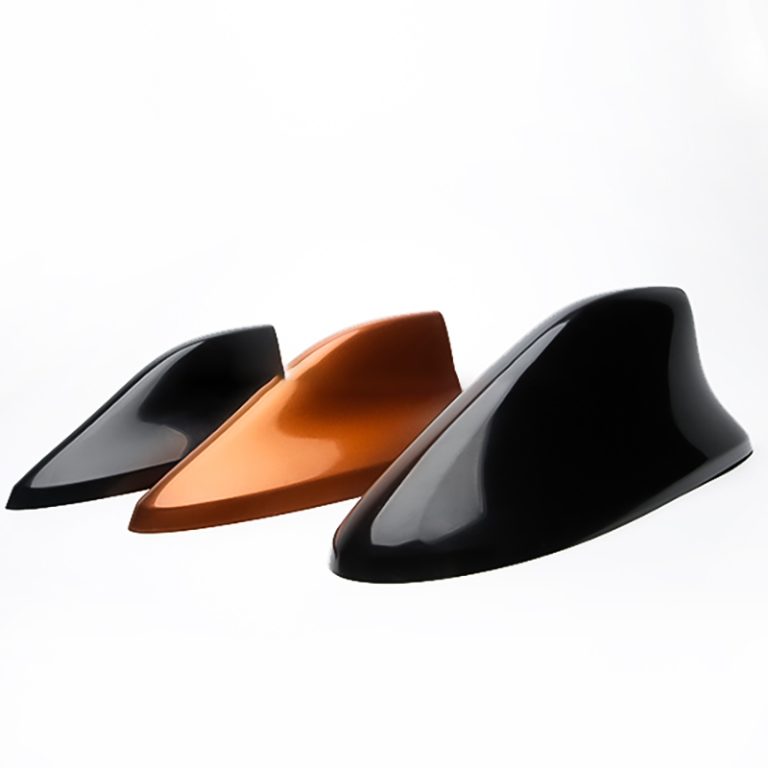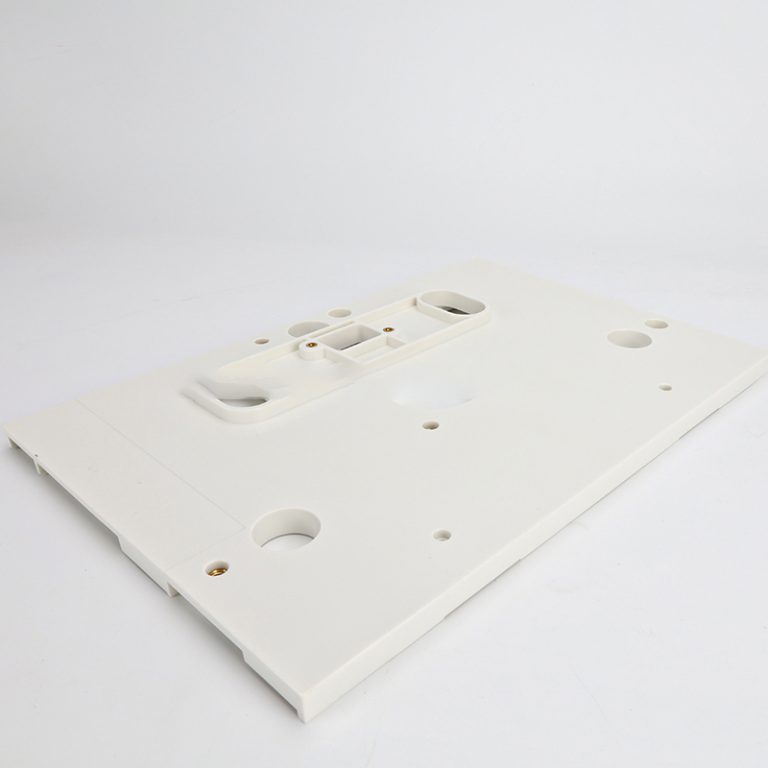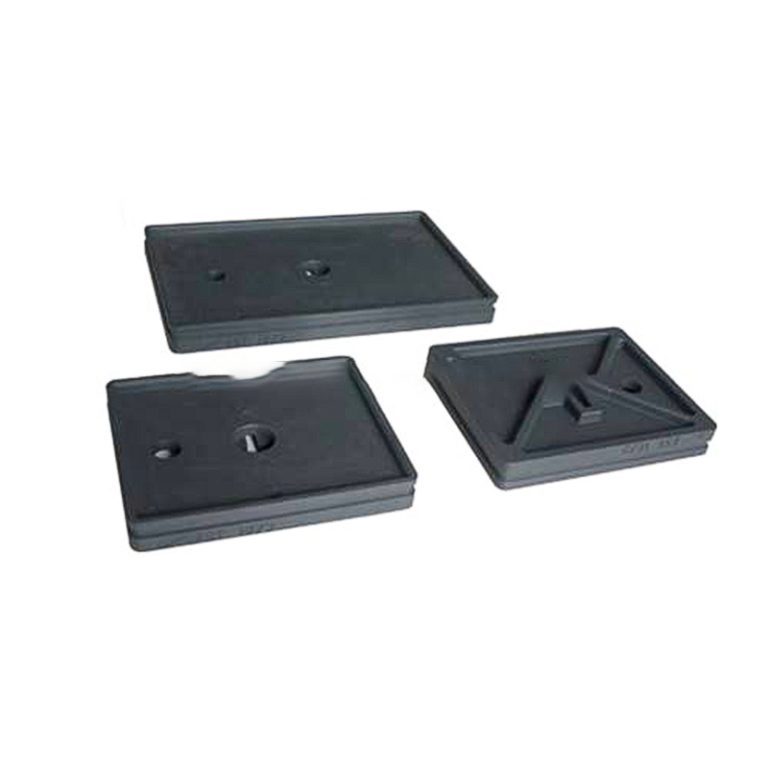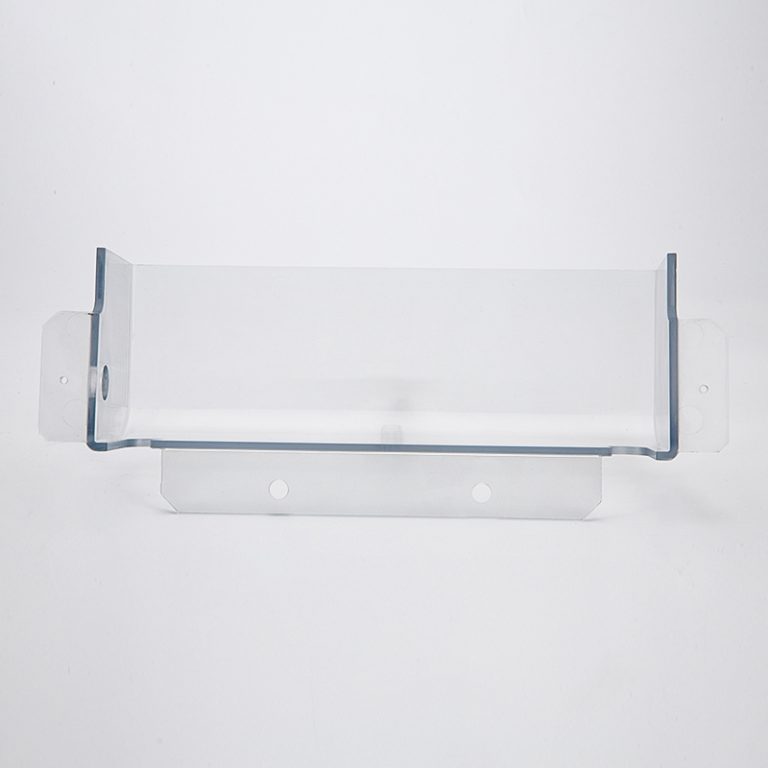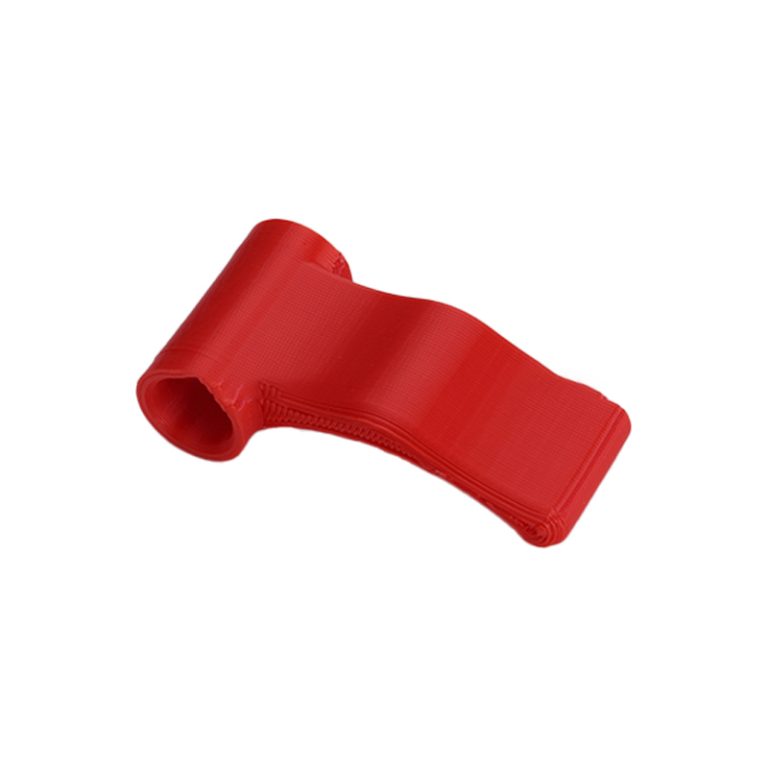射出プラスチック金型成形の基礎
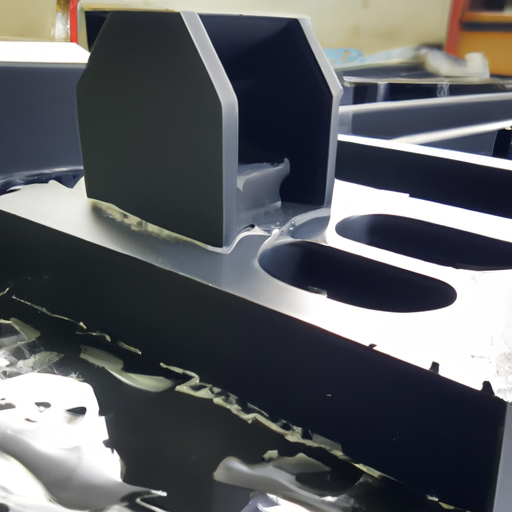
素材の選定
| サイズ | ABS/PET/PEEK/etc. |
| カスタマイズ | 成形射出プラスチック金型プロセスの最初のステップは、金型の設計と作成です。これには、コンピュータ支援設計 (CAD) ソフトウェアを使用して、目的の製品の 3D モデルを作成することが含まれます。次に、CAD モデルをガイドとして使用して、金型が機械加工または 3D プリントされます。通常、金型は射出成形プロセスに伴う高温と高圧に耐えられるスチールまたはアルミニウムで作られています。
金型の準備ができたら、次のステップはプラスチック材料の準備です。最も一般的には、熱可塑性プラスチックは大きな化学変化を起こさずに溶融および再溶融できるため、射出成形に使用されます。プラスチック材料は通常、小さなペレットまたは顆粒の形であり、ホッパーに供給され、プラスチック射出成形機で溶融状態まで加熱されます。 |
射出成形機はバレル、スクリュー、型締装置から構成されます。プラスチック材料はバレルに供給され、そこで回転スクリューによって加熱および混合されます。次に、溶融プラスチックが高圧下で金型キャビティに射出され、キャビティ全体が満たされ、金型の形状が形成されます。射出プロセス中にプラスチック材料が漏れないよう、金型はクランプ ユニットによって閉じた状態に保持されます。
金型キャビティが充填されると、プラスチック材料は金型内で冷却されて固化します。これは冷却段階として知られており、製品のサイズと複雑さに応じて通常は数秒から数分かかります。冷却は、成形部品の最終形状と品質を決定するため、プロセスにおける重要なステップです。適切な冷却により、部品が反ったり変形したりせず、必要な寸法精度を確保できます。
冷却段階の後、金型が開き、成形された部品が金型キャビティから取り出されます。これは、部品のサイズと複雑さに応じて、手動または自動排出システムを使用して行われます。その後、金型が再び閉じられ、このプロセスが繰り返されてさらに多くの部品が製造されます。
射出成形プラスチック金型には、他の製造プロセスに比べていくつかの利点があります。複雑な形状を高い精度と再現性で製造できます。また、幅広いプラスチック材料の使用が可能になるため、メーカーは特定の用途に最適な材料を柔軟に選択できます。さらに、射出成形は、材料の無駄が最小限に抑えられ、生産サイクルが速い、非常に効率的なプロセスです。
結論として、射出プラスチック金型の成形は、製造業界の基本的なプロセスです。これには、金型の設計と作成、プラスチック材料の準備、金型キャビティへの溶融プラスチックの射出が含まれます。冷却と取り出しの段階でプロセスが完了し、完成した成形品が得られます。射出プラスチック金型の成形の基本を理解することは、効率的で高品質な製造を可能にするため、プラスチック製品の製造に携わるすべての人にとって非常に重要です。

The injection molding machine consists of a barrel, a screw, and a mold clamping unit. The plastic material is fed into the barrel, where it is heated and mixed by the rotating screw. The molten plastic is then injected into the mold cavity under high pressure, filling up the entire cavity and taking the shape of the mold. The mold is held closed by the clamping unit to ensure that the plastic material does not leak out during the injection process.
Once the mold cavity is filled, the plastic material is allowed to cool and solidify inside the mold. This is known as the cooling phase and typically takes a few seconds to a few minutes, depending on the size and complexity of the product. Cooling is a critical step in the process, as it determines the final shape and quality of the molded part. Proper cooling ensures that the part does not warp or deform and that it has the desired dimensional accuracy.
After the cooling phase, the mold is opened, and the molded part is ejected from the mold cavity. This is done either manually or using an automated ejection system, depending on the size and complexity of the part. The mold is then closed again, and the process is repeated to produce more parts.
Molding injection plastic mold offers several advantages over other manufacturing processes. It allows for the production of complex shapes with high precision and repeatability. It also enables the use of a wide range of plastic materials, giving manufacturers the flexibility to choose the most suitable material for their specific application. Additionally, injection molding is a highly efficient process, with minimal material waste and fast production cycles.
In conclusion, molding injection plastic mold is a fundamental process in the manufacturing industry. It involves the design and creation of a mold, the preparation of the plastic material, and the injection of the molten plastic into the mold cavity. The cooling and ejection phases complete the process, resulting in a finished molded part. Understanding the basics of molding injection plastic mold is crucial for anyone involved in the production of plastic products, as it allows for efficient and high-quality manufacturing.

